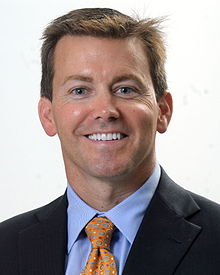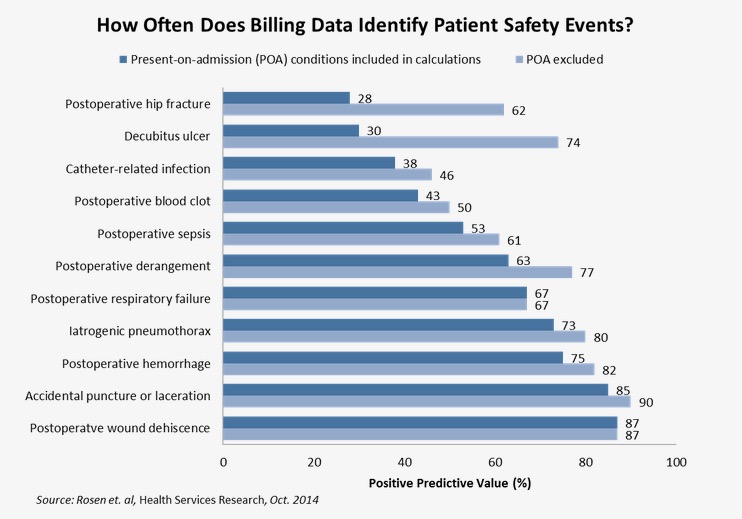 In 1978, the Institute of Medicine published A Manpower Policy for Primary Health Care: Report of a Study (IOM, 1978) where they defined primary care as “integrated, accessible services by clinicians accountable for addressing a majority of heath care needs, developing a sustained partnership with patients, and practicing in the context of family and community.” The four main features of “good” primary care based on this definition are: 1. First-contact access for new medical issues, 2. Long-term and patient (not disease)-focused care, 3. Comprehensive in scope for most medical issues, and 4. Care coordination when specialty referral is required. These metrics ring as true today as they did many years ago.
In 1978, the Institute of Medicine published A Manpower Policy for Primary Health Care: Report of a Study (IOM, 1978) where they defined primary care as “integrated, accessible services by clinicians accountable for addressing a majority of heath care needs, developing a sustained partnership with patients, and practicing in the context of family and community.” The four main features of “good” primary care based on this definition are: 1. First-contact access for new medical issues, 2. Long-term and patient (not disease)-focused care, 3. Comprehensive in scope for most medical issues, and 4. Care coordination when specialty referral is required. These metrics ring as true today as they did many years ago.
Estimates suggest that a primary care physician would spend 21.7 hours per day to provide all recommended acute, chronic, and preventive care for a panel of 2,500 patients. An average workday of 8 hours extrapolates to an ideal panel of 909 patients; let us make it an even 1000 to simplify. A primary care physician could easily meet acute, chronic, and preventative needs of 1000 patients, thereby improving access. Our panels are much larger due to the shortage of available primary care physicians and poor reimbursement which keeps us enslaved. Pay us what we are worth and then utilize this “first-access” metric to judge our “quality.”














